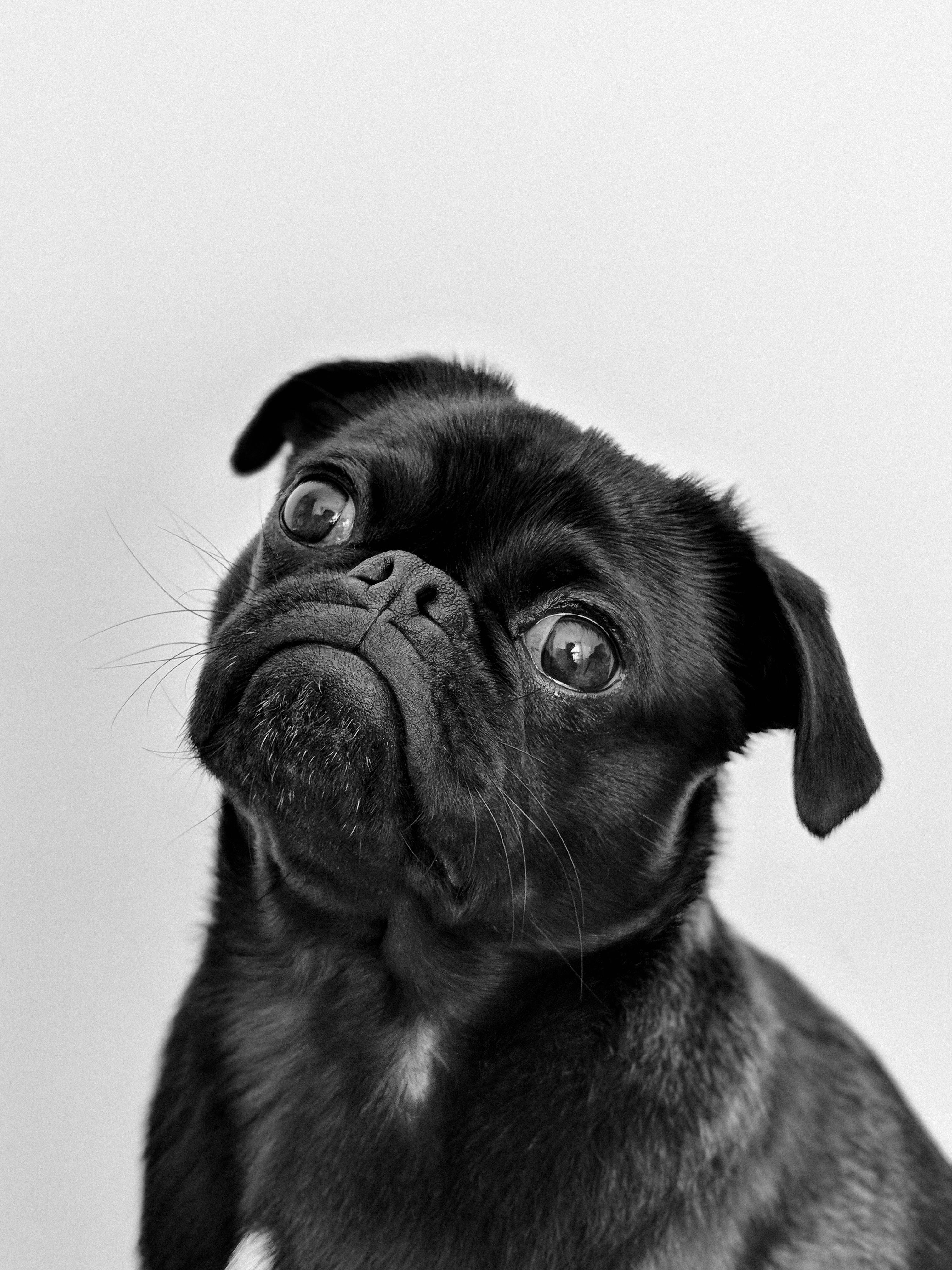How to Stop Your Dog from Jumping on People
Few behaviors are more frustrating—or potentially dangerous—than a dog jumping on people. Whether greeting visitors at your front door, encountering strangers during walks, or simply seeking attention from family members, jumping dogs create problems ranging from minor annoyances to serious injuries. Understanding why dogs jump and implementing effective jumping dog training techniques transforms this common behavioral issue into manageable, polite greetings. This comprehensive guide explores the causes of dog jumping behavior, provides proven strategies for stop dog jumping, and offers practical methods for preventing dog jumping permanently through consistent training and environmental management.
Understanding Why Dogs Jump on People
Before implementing solutions to stop dog jumping, understanding why dog jumping behavior occurs helps address the root cause rather than just the symptom.
Natural Greeting Behavior
Dogs naturally greet each other face-to-face. Puppies jump to reach adult dogs' faces during greetings. This instinctive behavior transfers to human interactions, where jumping represents an attempt to reach our faces for proper greetings from the dog's perspective.
Seeking Attention and Interaction
Dogs learn quickly that jumping gets attention. Even negative responses—pushing away, yelling, or scolding—constitute attention from the dog's viewpoint. If jumping has ever resulted in petting, eye contact, or interaction, the behavior is reinforced.
Excitement and Overstimulation
Highly excited dogs struggle with impulse control. Arrivals of family members, visitors, or encountering favorite people during walks trigger intense excitement that manifests as jumping. The arousal overwhelms their ability to maintain four paws on the ground.
Lack of Training and Alternative Behaviors
Dogs that haven't been taught appropriate greeting behaviors default to jumping. Without training providing alternative greetings, jumping becomes the natural choice for enthusiastic dogs.
Reinforcement History
If jumping worked for your dog in the past—gaining attention, pets, or access to desired outcomes—the behavior strengthens. Years of reinforced jumping creates deeply ingrained habits requiring consistent retraining.

Understanding why dogs jump helps implement effective training solutions
Why Stopping Dog Jumping Matters
Preventing dog jumping isn't just about manners—it's about safety and consideration.
Safety Concerns
Jumping dogs can knock over children, elderly individuals, or people with mobility challenges. Large dogs jumping at chest or face level can cause serious injuries, scratches, or falls. Even small dogs create hazards when jumping unexpectedly.
Social Considerations
Not everyone appreciates dog enthusiasm. Some people fear dogs, have allergies, wear professional clothing, or simply prefer not to be jumped on. Polite dogs that don't jump respect these preferences and create better social experiences.
Liability Issues
If your dog injures someone through jumping—tearing clothing, causing falls, or scratching—you may be liable for damages. Preventing dog jumping protects you from potential legal consequences.
Common Mistakes That Reinforce Jumping
Before exploring solutions, understand what not to do when addressing dog jumping on people.
Providing Attention During Jumping
Any response—pushing, talking, eye contact, or even yelling—rewards jumping with attention. Dogs don't distinguish between positive and negative attention; any interaction reinforces the behavior.
Inconsistent Responses
Allowing jumping sometimes while correcting it other times confuses dogs. If jumping works occasionally, dogs continue trying, hoping this time will succeed. Consistency is crucial.
Knee-Raising or Physical Corrections
Raising knees, pushing dogs down, or using physical corrections can injure dogs and increase excitement. These methods don't teach alternative behaviors and may worsen jumping.
Different Rules for Different People
If some family members allow jumping while others don't, your dog receives mixed messages. Everyone interacting with your dog must enforce the same rules consistently.
Jumping Dog Training: Proven Techniques
Effective jumping dog training combines management, teaching alternative behaviors, and consistent responses.
The Four-Paws Rule
Establish a simple rule: all four paws on the floor earn attention; jumping earns nothing. This fundamental principle guides all interactions.
Implementation:
- When your dog approaches, cross your arms and turn away
- Avoid eye contact, talking, or touching
- Wait silently until all four paws are on the ground
- Immediately reward with attention, pets, or treats
- If jumping resumes, instantly withdraw attention again
Repeat this sequence consistently. Dogs learn that only calm, grounded behavior gains attention.
Teaching "Sit" as Alternative Greeting
Train your dog to sit during greetings instead of jumping. A sitting dog cannot simultaneously jump.
Training steps:
- Teach solid "sit" command in low-distraction environments
- Practice sit-stays with increasing durations
- Request sit before all positive interactions (meals, walks, petting)
- Have visitors ask for sit before greeting your dog
- Reward heavily when your dog sits instead of jumping
The "Off" Command
Teaching "off" provides a specific cue for stopping jumping.
Training process:
- When your dog jumps, say "off" in a neutral tone
- Turn away and withdraw attention completely
- When four paws return to ground, immediately praise and reward
- Practice during low-excitement situations first
- Gradually apply during more exciting greetings

Teaching alternative behaviors like sitting prevents jumping effectively
Managing Excitement Levels
Reduce arousal that triggers jumping:
- Calm arrivals: Keep homecomings low-key without dramatic greetings
- Exercise before visitors: Tire dogs before anticipated jumping triggers
- Practice settling: Teach calm behaviors through regular training
- Use time-outs: If jumping escalates, calmly remove your dog to a quiet space briefly
Tethering Technique
For persistent jumpers, tether your dog to a stable object during greetings. They can't jump on people if physically unable to reach them. This management tool prevents rehearsal of jumping while alternative behaviors are learned.
Stop Dog Jumping: Situation-Specific Strategies
Different situations require tailored approaches for preventing dog jumping.
Greeting Visitors at the Door
Preparation:
- Have your dog on leash before opening the door
- Request sit-stay before the door opens
- Open door only when your dog maintains sit
- If jumping occurs, close door and reset
- Reward heavily for maintaining sit during greetings
Jumping During Walks
When your dog jumps on strangers during walks:
- Stop walking immediately when jumping begins
- Turn and walk in opposite direction
- Practice "watch me" command to redirect attention
- Keep distance from triggers until control improves
- Ask strangers not to pet until your dog sits calmly
Jumping on Family Members
For jumping within the household:
- Establish four-paws rule for all family members
- Practice low-key arrivals and departures
- Require sit before meals, walks, and play
- Ignore jumping consistently without exceptions
- Reward calm greetings enthusiastically
Jumping on Children
Children are common jumping targets due to size and excitement:
- Teach children to turn away and cross arms when jumping occurs
- Supervise all dog-child interactions
- Practice calm greetings through role-play
- Separate dog and children during high-excitement activities
- Build positive associations with calm behavior around children
Advanced Training Techniques
Once basic training is established, these advanced techniques further prevent dog jumping behavior.
Impulse Control Exercises
Strengthen your dog's overall impulse control:
- "Wait" command: Practice waiting at doors, before meals, and during play
- "Leave it" training: Teach resisting temptation strengthens self-control
- Extended stays: Build duration in sit and down positions
- Delayed gratification: Gradually increase time between command and reward
Desensitization to Triggers
Reduce reactivity to jumping triggers:
- Identify specific triggers (doorbell, returning home, favorite people)
- Present triggers at low intensities below reaction threshold
- Reward calm responses heavily
- Gradually increase trigger intensity as tolerance improves
- Practice regularly in varied contexts
Place Training
Teach your dog to go to a specific spot during greetings:
- Designate a mat or bed as the "place"
- Train your dog to go there on command
- Practice staying on place during distractions
- Send to place when visitors arrive
- Release only when greetings are calm
Consistency Is Key
The most important factor in successfully stopping dog jumping is unwavering consistency.
Everyone Must Participate
All family members, friends, and visitors must enforce the no-jumping rule. A single person allowing jumping undermines training for everyone else. Brief visitors on your rules before they interact with your dog.
No Exceptions
Don't allow jumping "just this once." Every successful jump reinforces the behavior. Stay committed even when tired, rushed, or distracted.
Patience With the Process
Dogs with years of reinforced jumping won't change overnight. Most dogs show improvement within 2-4 weeks of consistent training, though some require longer. Stay patient and consistent.
When to Seek Professional Help
Most dog jumping on people responds to consistent home training. However, seek professional help if:
- Jumping has caused injuries or poses serious safety risks
- Your dog shows aggression along with jumping
- No improvement occurs after 4-6 weeks of consistent training
- Jumping is part of broader impulse control issues
- You feel overwhelmed or unsure about training techniques
Certified professional dog trainers can provide personalized assessment and guidance specific to your situation.
Conclusion: Building Polite Greetings
Successfully addressing dog jumping on people requires understanding why dogs jump, implementing consistent jumping dog training techniques, and maintaining patience throughout the process. Dog jumping behavior doesn't reflect malice or dominance—it's typically enthusiasm poorly expressed due to lack of training.
By teaching alternative behaviors like sitting, establishing the four-paws rule, and managing excitement levels, you can effectively stop dog jumping and create polite, safe greetings. Remember that consistency matters more than perfection. Every interaction where you enforce the no-jumping rule strengthens new habits.
Preventing dog jumping transforms your dog into a more socially acceptable companion while protecting vulnerable individuals from injury. The investment in training pays dividends in safer interactions, better social experiences, and increased freedom for your dog in public spaces.
Start today with clear rules, consistent responses, and rewards for appropriate behavior. Your dog wants to please you—they just need clear guidance about what constitutes polite greetings. With dedication and the strategies outlined in this guide, dog jumping on people can become a behavior of the past, replaced with calm, controlled greetings that everyone appreciates.
Related Articles
For more information on dog behavior and training, explore these related topics:
- Teach Your Dog to Sit and Stay: Positive Reinforcement Techniques
- Common Puppy Behavior Issues and How to Fix Them
- Puppy Training Basics: Getting Started Right
- Positive Reinforcement Dog Training: Building Great Habits
- Understanding and Managing Dog Behavior Problems
- How to Teach Your Dog to Walk on a Loose Leash







No comments:
Post a Comment